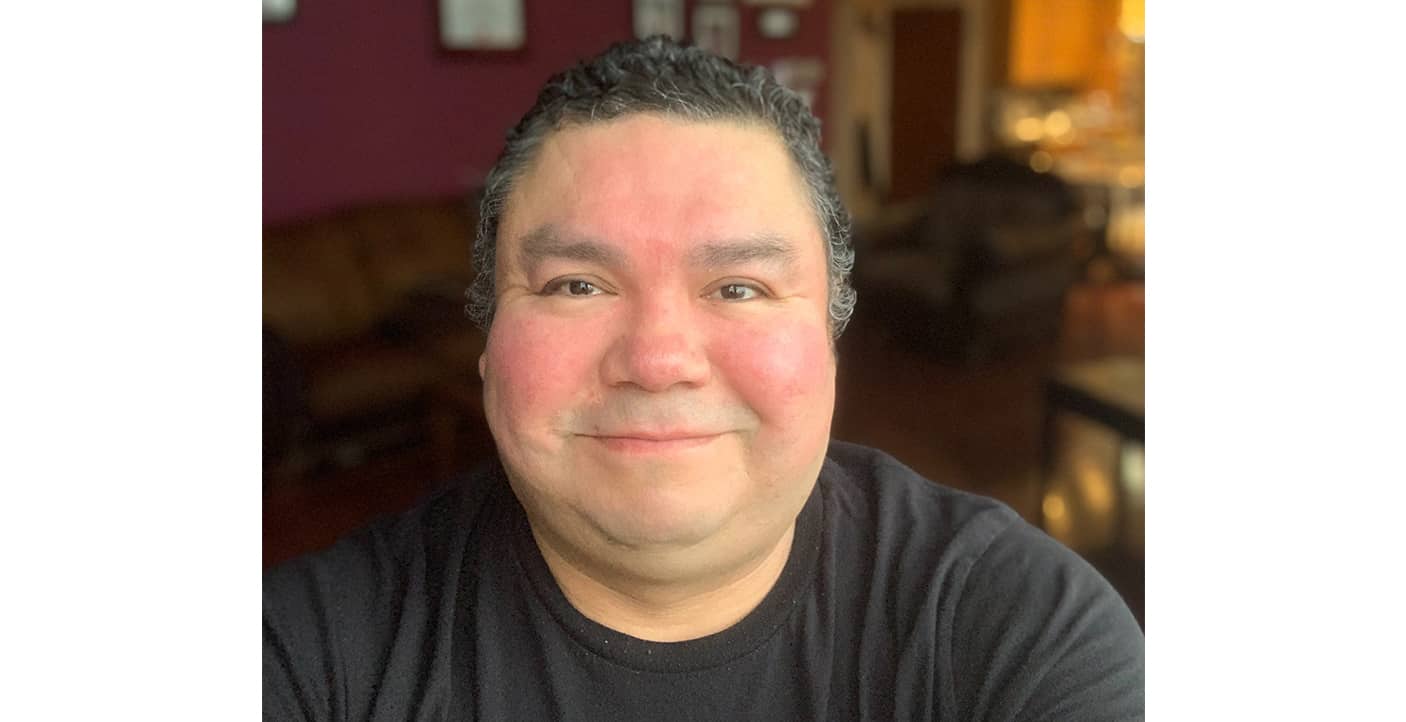November 2, 2021
We chatted with Ian Diamond, Liaison Officer for Vision Eeyou Istchee, to get his perspective on investigating the possibilities of development in the Waskaganish Cree nation.
Tell us about the Vision Eeyou Istchee consortium, responsible for the Phase 1 Feasibility Study. What is the organizations’ purpose?
Our purpose is to look for a road map for the next 30 years within Eeyou Istchee. And ensuring that whatever development takes place does not have any negative impact on the Cree way of life. We’re currently conducting a fulsome study and at this stage of the process, my job is to be open to the possibilities within everything we find. What makes that unique is that everything right now is theoretical. We don’t know what’s possible because this level of development has never been done in the north. Our only parameters for the study are to try and hold those traditional Cree ideals true, uphold them and be respectful. But no matter what our study concludes, my job isn’t to sell one option over another, it’s to see whether or not our plan is possible and good for the community.
What led you to be involved with this organization and purpose?
I signed up for this because I myself am unsure of what’s possible, but I’m curious to find out. And I knew I could come at the project from a completely unbiased opinion. Through my previous work, I’ve developed deep relationships for the tallymen and I want to understand how this will impact them, how it will impact the average person, the businesses and people across our communities.
How does your work help communities thrive?
I always approach this work by asking that question, because if it benefits my community, it will benefit others. For example, if we’re mining minerals here in the north, how will we get them down south in a way that’s inexpensive, efficient and environmentally sound. Ultimately, this stage of the study is seeking to answer questions just like that.
What’s a local infrastructure development project communities desperately need?
Having more transportation from the north to the south would open up a lot of options for our communities. It can take days to get from Waskaganish to Montreal because we simply don’t have the road access or frequent plane access. This would also open up our territories for more tourist activity, allowing more dollars into our communities and giving the rest of the world an opportunity to understand our way of life better.
How is Eeyou Istchee different from 30 years ago?
I’m actually two years older than the James Bay agreement. Almost by the day. I was born on Nov 12, and the agreement was signed on the 11th. I remember the very first road that was built in my community, which was then known as the James Bay Road. Eventually, each community in the vicinity became connected to that road, making travel easier and more efficient.
You also see changes in some of the culture here as well, specifically with regards to tallymen and hunting. Some are now using more modern tools, their access points to the hunting areas have grown, thanks to the infrastructure that’s been built. Now, whether that’s good or bad, I haven’t decided but as someone who’s conducting a study on the possibility of further development, I think that’s the right mindset for me to have.
